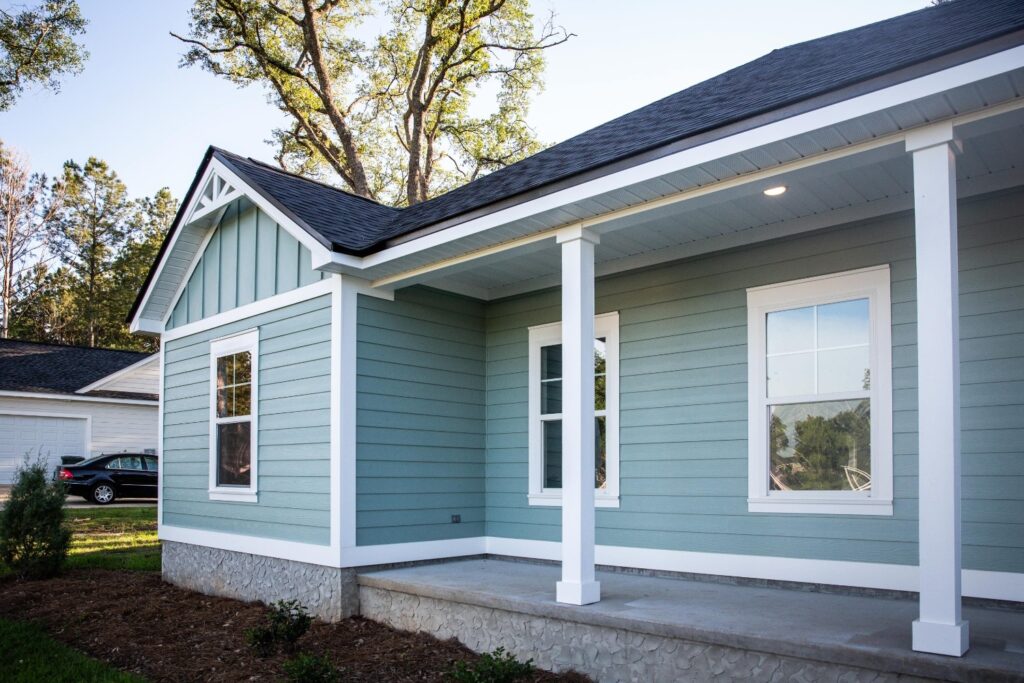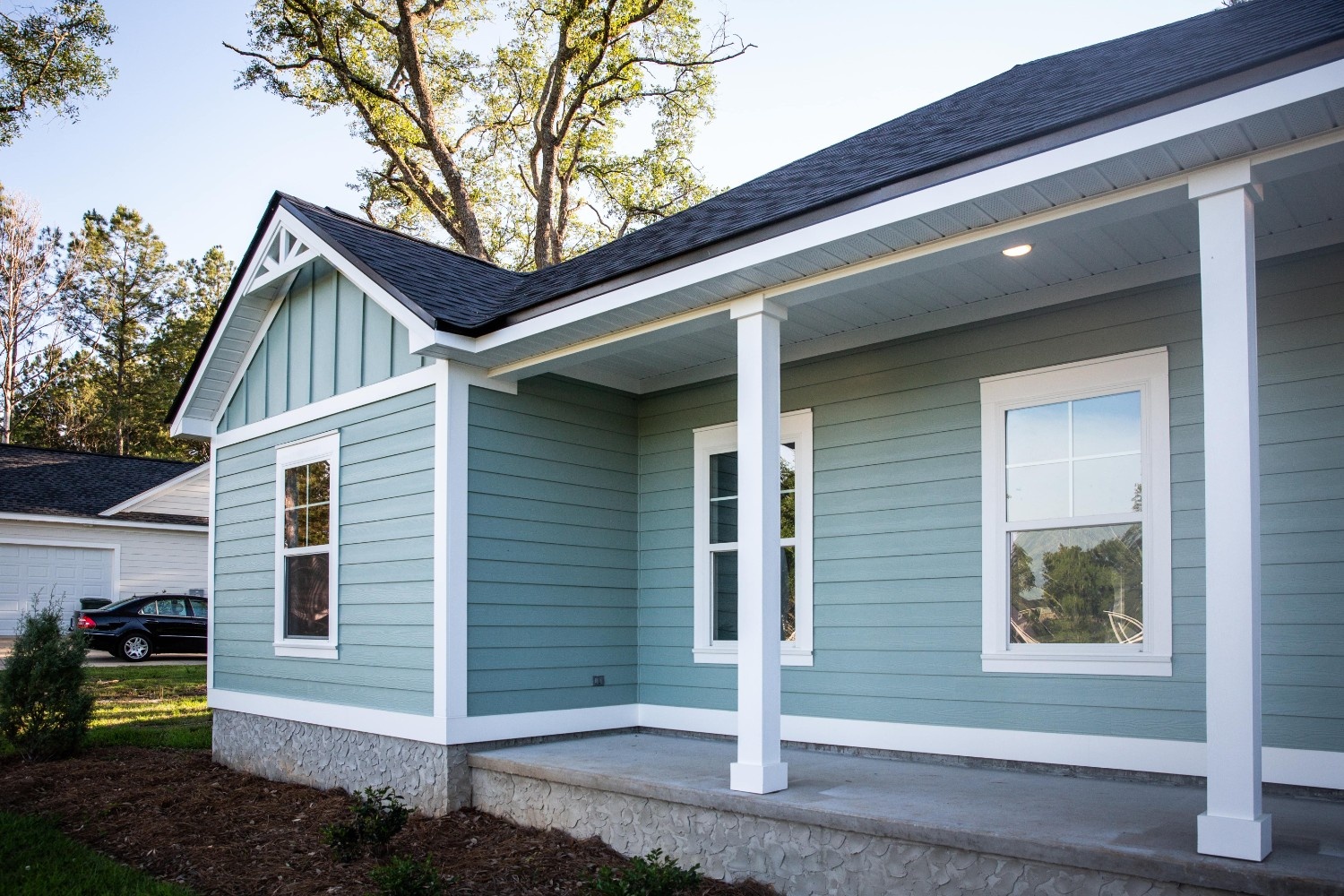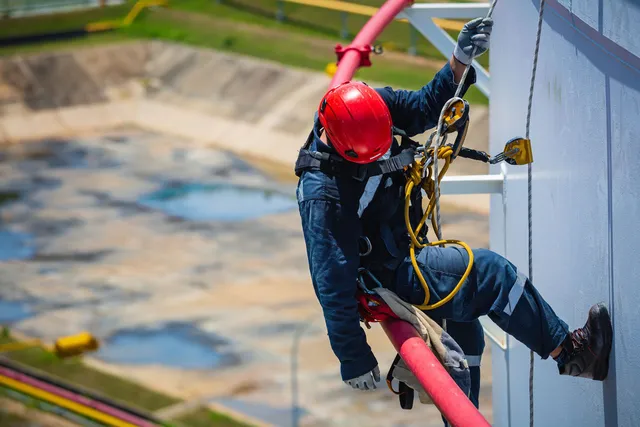
Everyone loves a good deal. But when it comes to window replacement, the cheapest option isn’t always the smartest. In fact, choosing low-cost windows can end up being a very expensive mistake and not just in terms of money. Sure, it might feel good to save a few hundred dollars upfront, but what happens when those cheap windows start warping, leaking, or letting in drafts just a few seasons later? Let’s take a closer look at why cheap windows might cost you more in the long run and what to consider instead.
The True Cost of Cheap Windows
On paper, saving money on windows might seem like a win. But here’s what most homeowners don’t realize: those initial savings often evaporate quickly due to poor performance, premature failure, and mounting repair costs.
Here’s how that happens:
1. Poor Energy Efficiency = Higher Utility Bills
Cheap windows often lack key insulating features like low-emissivity (Low-E) coatings, argon or krypton gas fills, and tight seals that prevent air leakage. As a result, your home loses valuable heat in the winter and absorbs excess heat in the summer.
This puts a strain on your HVAC system, leading to:
- Higher energy bills year-round
- Uneven indoor temperatures
- Increased wear and tear on your heating and cooling systems
Real-world example: According to the U.S. Department of Energy, energy-efficient windows can save homeowners between $125 to $465 annually when replacing single-pane windows. Over 10 years, that’s up to $4,650 in savings—money that cheap windows literally throw out the window.
2. Shorter Lifespan = Early Replacement
Windows aren’t something you want to replace every few years. High-quality windows can last 30–50 years or more, depending on the material and climate. On the other hand, cheap windows made from low-grade vinyl or aluminum may only last 5 to 15 years—if that.
Common issues with budget windows include:
- Brittle frames that crack or warp
- Hardware that rusts or breaks
- Insulated glass failure (fogging or condensation between panes)
In short? You might be replacing your “bargain” windows again—long before you should have to. When you factor in installation costs, time, and hassle, it’s no longer a deal.
3. Frequent Repairs = Ongoing Headaches
Cheaper windows may require constant attention just to keep them functional. Common problems include:
- Sticking or jamming sashes
- Broken locks and latches
- Foggy glass from seal failure
- Water leaks and air drafts
Even small issues can become costly over time. A few service calls, replacement parts, or weatherproofing fixes quickly eat into any savings you thought you made.
And let’s be honest: no one wants to spend their weekends caulking windows or chasing down repair techs.
4. Poor Sound Insulation = Less Comfort at Home
If you live near a busy street, airport, school, or even noisy neighbors, sound insulation becomes more than just a luxury—it’s a necessity. Cheap windows tend to have single-pane glass, thin frames, and minimal sealing—all of which allow noise to pour in.
High-quality windows, on the other hand, often include:
- Double or triple-pane glass
- Laminated or acoustic glass
- Insulated frames
The result? A quieter, calmer indoor environment where you can sleep, work, or relax without constant disruptions.
5. Reduced Curb Appeal & Home Value
Windows are one of the first things people notice about your home—both inside and out. If your windows look cheap, warped, or yellowed, so does your property.
In fact, poorly performing windows can significantly reduce:
- Buyer interest during resale
- Appraised home value
- Overall perception of home quality
What Makes a Window “Worth It”?
Not all expensive windows are automatically good—but high-quality windows share several key features that deliver long-term performance and value. Look for:
- ✅ ENERGY STAR® certification
- ✅ Double or triple-pane insulated glass
- ✅ Gas fills like argon or krypton
- ✅ Low-E coatings to reduce UV and infrared heat
- ✅ Durable frame materials (e.g., fiberglass, composite, high-grade vinyl)
- ✅ Strong warranties (some last up to 20 years or more)
Bonus tip: Work with a reputable installer who uses certified products and follows best practices. Even the best window will underperform if it’s poorly installed.
Think of Window Replacement as an Investment
Instead of asking:
“What’s the cheapest window I can buy?”
Ask:
“Which windows offer the best long-term value, performance, and peace of mind?”
Yes, quality windows cost more upfront. But they also:
- Last longer
- Lower your energy bills
- Require fewer repairs
- Add to your home’s resale value
- Improve comfort and curb appeal
In short: you save more by spending smart.
Don’t Cut Corners Where It Counts
Cutting corners on window replacement might feel like a win in the short term—but it often leads to higher costs, more frustration, and less satisfaction in the long run.
If you’re serious about improving your home’s performance, comfort, and value, don’t let the price tag fool you. Cheap windows aren’t cheap—they’re just delayed expenses waiting to happen.
Need help choosing the right windows for your home? Our experts can walk you through your options, explain the benefits of quality materials, and provide a no-obligation quote tailored to your needs and budget.











